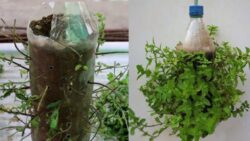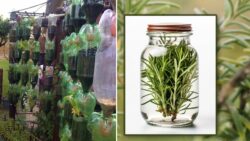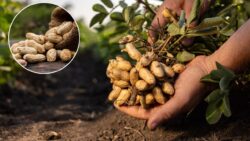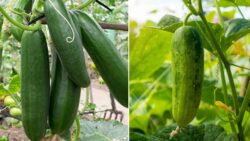Grow Basil in Plastic Bottles – Grow Basil in Plastic Bottles – a fun, eco-friendly way to enjoy fresh herbs at home. This simple method lets you recycle bottles while having fresh basil ready for your kitchen anytime.
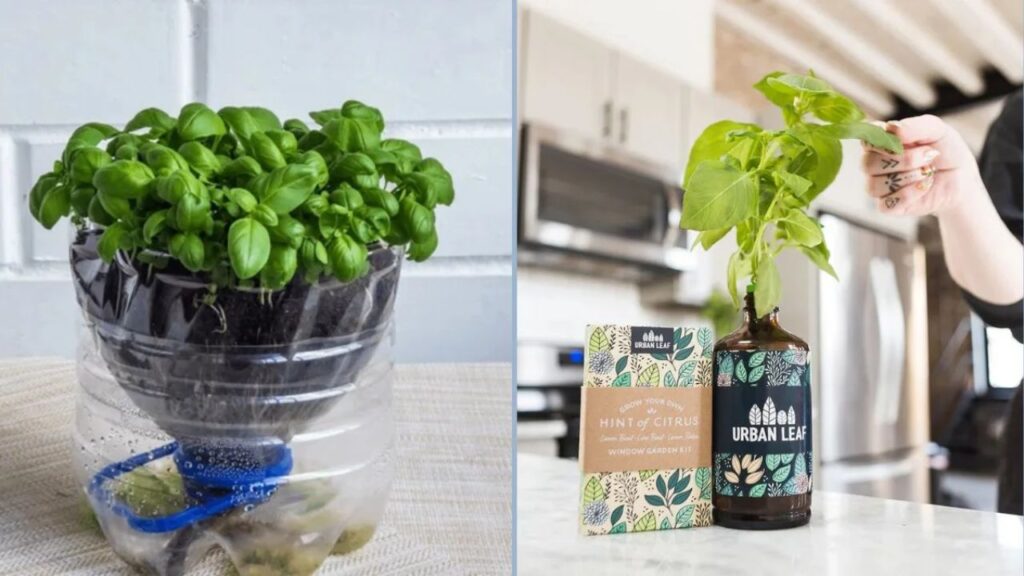
Why Grow Basil in Plastic Bottles?
Growing basil in plastic bottles is a creative and sustainable way to enjoy fresh herbs without taking up much space. Many U.S. gardeners love this method because it’s simple, affordable, and perfect for small apartments or urban balconies. Using plastic bottles reduces waste while giving you control over soil, water, and sunlight, ensuring your basil grows healthy and flavorful. Additionally, this approach makes it easy to move plants indoors during colder months, keeping your herb garden thriving year-round.
Choosing the Right Basil Variety
Not all basil varieties thrive in small containers, so selecting the right type is essential. Popular options for bottle gardening include Genovese, Sweet, and Lemon Basil. These varieties grow well in limited soil and respond positively to regular pruning. When selecting seeds or seedlings, ensure they are healthy, free of pests, and suitable for indoor or balcony growing. Starting with small plants allows for better root development within the confined bottle space.
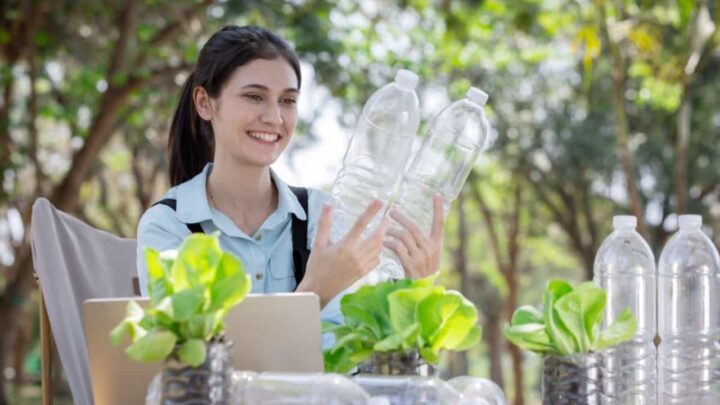
Materials You’ll Need
Before starting, gather these easy-to-find materials:
- Plastic bottle: A 1–2 liter bottle works best.
- Potting soil: Light, nutrient-rich soil for herbs.
- Basil seeds or seedlings: Healthy and fresh.
- Watering tools: Small funnel or dropper helps control moisture.
- Scissors or craft knife: For making drainage holes.
- Optional tray: To catch excess water and prevent mess.
Step-by-Step Guide to Grow Basil in Plastic Bottles
-
- Prepare the Bottle
Cut the plastic bottle in half or create a small opening near the bottom for drainage. Make 3–4 tiny holes so excess water can escape. This step prevents root rot and ensures healthy growth. Clean the bottle thoroughly to remove any residues.
-
-
- Add Soil
-
Fill the bottle with nutrient-rich potting soil, leaving about an inch at the top. Lightly press the soil to remove air pockets. Avoid compacting too much; basil roots need some space to grow freely.
-
-
- Plant the Basil
-
Place seeds or seedlings into the soil. If using seeds, sprinkle them evenly and cover lightly with soil. If using seedlings, dig a small hole and gently plant them. Water lightly to settle the soil around the roots.
-
-
- Position for Sunlight
-
Place the bottle in a sunny spot, like a balcony, windowsill, or kitchen ledge. Basil requires at least 6 hours of sunlight daily. Rotate the bottle every few days for even growth and strong stems.
-
-
- Water Regularly
-
Keep the soil consistently moist but not waterlogged. Use a small funnel or dropper to water directly at the base. Check drainage holes to ensure water is flowing and adjust watering frequency as needed.
-
-
- Prune and Harvest
-
Trim the top leaves regularly to encourage bushier growth. Harvest leaves as needed, never more than one-third at a time. This helps the plant continue producing fresh, flavorful leaves all season long.
Extra Tips for Thriving Basil
- Use organic liquid fertilizer every 2–3 weeks for strong growth.
- Keep an eye out for pests like aphids or whiteflies.
- Rotate bottles occasionally to avoid leaning stems.
- Consider double-stacking bottles for a small vertical herb garden.
- Ensure air circulation around the bottles to prevent mold.

FAQs
Can basil grow in small bottles?
Yes, basil can thrive in small plastic bottles as long as there is enough soil, sunlight, and proper drainage.
How often should I water basil in bottles?
Water your basil when the top inch of soil feels dry, usually 2–3 times per week depending on climate and sunlight.
Can I use this method indoors?
Absolutely! Indoor basil grows well near sunny windows or under grow lights, making this method perfect for apartments.
Do I need to fertilize the basil?
Yes, using a mild organic fertilizer every few weeks helps maintain healthy growth and strong flavor.
Growing basil in plastic bottles is not only eco-friendly but also rewarding. With just a few simple steps, you can enjoy fresh, aromatic leaves anytime while reducing plastic waste. Keep experimenting, stay consistent, and watch your mini herb garden flourish — a little care goes a long way in turning your balcony or kitchen into a green paradise.

